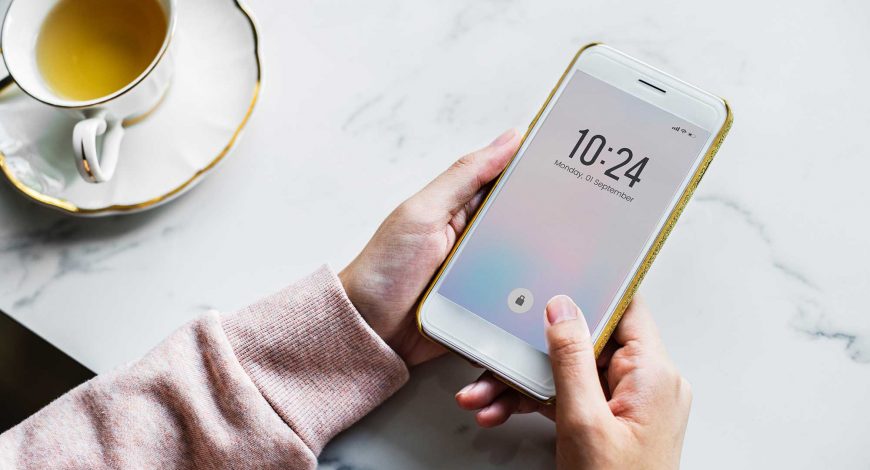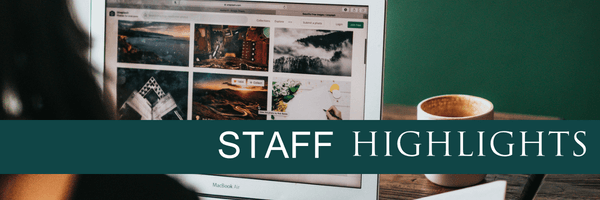Finding Space for Mindfulness in Even the Busiest Schedule

WHAT IS MINDFULNESS?
As the name suggests, mindfulness is all about allowing your mind to be fully present in whatever environment, experience, space, moment, etc. you are in at any given time. It is about being fully present, or attending fully to whatever it is you’re doing at the moment. To better understand it, take this definition from Mindful.org:
“Mindfulness is the basic human ability to be fully present, aware of where we are and what we’re doing, and not overly reactive or overwhelmed by what’s going on around us.”
(Not sure how far you are from daily mindfulness? Check out this Mindful Attention Awareness Scale to figure out where you stand.)
WHAT ARE THE BENEFITS OF MINDFULNESS?
Mindfulness has numerous benefits. They range from mental to emotional to physical. Some of the benefits are:
- Increased curiosity
- Increased creativity
- Improved problem solving
- Improved cardiovascular health
- Improved emotional regulation
- Increased academic performance
- Lower risk for burnout
- Improved sleep
And these aren’t even all of the benefits of mindfulness. The great news about mindfulness is that anyone can do it: we’re wired like that. It’s a skill most of us don’t realize we have, or don’t realize we can practice & hone because our world is so prone to business, productivity, and multitasking. But mindfulness is something we can all do, even if just a little.
And, as we practice it, it becomes easier. Then it becomes not just something you consciously practice a few minutes a day, but the way you live. More great news about mindfulness: it actually allows you to be more productive.
BEGINNERS TIPS FOR FINDING TIME FOR MINDFULNESS IN A BUSY SCHEDULE:
When we start to think about mindfulness, often a drastic lifestyle change comes to mind. If you’re interested in mindfulness, do you suddenly have to get up hours earlier to meditate? Do you even have time to try?
But the idea that you have to change everything about your life in order to cultivate a mindfulness practice isn’t true. Even if you have a jam-packed schedule, you can start to introduce mindfulness and mindful habits into your day to day life.
Here are several ways you can get started with mindfulness, even if you have a busy schedule:
1) Pencil it in:
Are you ruled by your calendar? Use that to your advantage.
Instead of sitting around and waiting until you have some free time, schedule in time to focus on your mindfulness practice. Are you open to attend a drop-in mindfulness group or workshop? Here is one offered by OSU’s Counseling & Consultation Service that combines mindfulness practice with dance. Also, our clinician, Angela Weixel, now offers Mindful Mondays, a free, drop-in workshop that focuses on mindfulness & meditation.
Or consider where is there a small break in your schedule? Even as small as a five-minute gap. Write in “mindfulness practice” and when the calendar notification pops up, no matter where you are, really try to engage with the practice. Where can you squeeze it in? Can you sit in your car before going into school or the office, notice your senses, your environment, etc.? Can you spend 5 minutes of your lunch break practicing?
No matter when you choose, mark it in your calendar. That way you’re not constantly thinking you’d get started if you only had the time.
2) Make use of mindless activities:
Are there parts of your routine you don’t even think about anymore? Maybe brushing your teeth or getting dressed, or walking from your car into school or your office. When was the last time you were truly present during any of these?
They can be a great way to sneak mindfulness into an already busy day. While you’re doing these things, take stock of your senses. What do you see, hear, smell, feel, taste? Notice the sensations as they come up. Try to keep your mind focused on the task at hand. If it wanders, don’t worry. Just let the stray thought pass you by, and come back to the moment.
3) Make the most of restless moments:
You don’t have to fully commit to meditating to work mindfulness into your days. Incorporating small moments of mindfulness is better than nothing at all. So when you feel restless or distracted, do a body scan. Concentrate on your breathing. Bring yourself back to your body and environment to ground yourself a bit before carrying on with whatever you’re doing. How does each part of your body feel? Do you need to stretch? Start at your feet and work your way up to your head, breathing slowly and evenly the entire time. Like a human reset button, just checking in with yourself and re-focusing on the present moment can help quell those restless & distracted moments.
Want to schedule a 10-minute call with our Intake Coordinator? Check out our scheduling link here.


STAFF HIGHLIGHT:
Janele Bayless
Janele is both a Licensed Professional Counselor and Licensed Dietitian Nutritionist who holds Masters degrees in Clinical Mental Health Counseling, Dietetics, and Wellness Management. Janele’s clinical interests include eating disorders, along with body image concerns, anxiety, depression, self-esteem, stress management, life changes, and transitions.

Battlefield of the Mind: Winning the Battle in Your Mind by Joyce Meyer
Joyce Meyer uses this book to teach you how to overcome negative thinking by changing the way you think. She teaches her method in this bestselling book, which walks you through her own story of struggles and of triumph. If you’re living with negative thoughts, pick this up.
Intuitive Eating: A Revolutionary Program That Works by Evelyn Tribole and Elyse Resch
This book is a step by step guide to give up a lifetime of chronic dieting and to finally make peace with food. How? By teaching you the principles of Intuitive Eating. Intuitive Eating is the idea that your body naturally knows how to feed itself, and once we clear out the diet culture messaging that surrounds us, we can make peace with our relationship with food.
Mindless Eating: Why We Eat More Than We Think by Brian Wansink
This book, written by food psychologist Brian Wansink, is a fascinating dive into our eating habits. The book covers everything from how the size of the plates you use affects your hunger levels to how restaurants and supermarkets use psychology to convince you to order food you may not actually want or need. If you’re ready to think twice about the psychology behind our food choices, check it out.
The Confidence Code: The Science and Art of Self-Assurance—What Women Should Know by Katty Kay and Claire Shipman
Everyone wants to be more confident, right? This book, written by two journalists, is a deep dive into what confidence is and how you can bring more of it into your life. This book is specifically geared toward women and how to increase your confidence level if you’re a woman. If you want to learn practical ways to build up your confidence, read this book.
Daring Greatly: How the Courage to Be Vulnerable Transforms the Way We Live, Love, Parent, and Lead by Brené Brown
What does vulnerability mean to you? Brené Brown, who has spent her career researching things like shame, vulnerability, courage, and empathy, writes in this book that vulnerability is the source of many traits, courage included. Instead of being afraid to be vulnerable, Brown argues that being vulnerable is the key to unlocking much of the human experience. If you’re ready to step into courage, read this.
“Calm, pleasure and satisfaction is what most people experience after eating. But for people with eating disorders, food brings anxiety, disturbance and noise. Dr. Hill takes a look from the inside out from the “sound” to the biology of these diseases and how the future holds a different approach to manage the illness while bringing these patients hope.”
Want to schedule a 10-minute call with our Intake Coordinator? Check out our scheduling link here.




